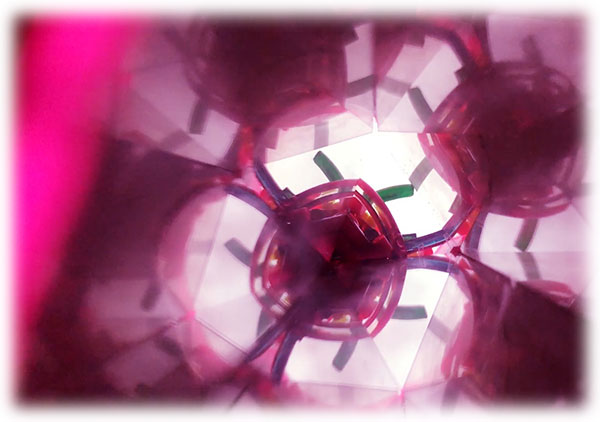
- CBSE Class 6 Maths Notes
- CBSE Class 6 Maths Notes
- Chapter 1 - Knowing Our numbers
- Chapter 2 - Whole numbers
- Chapter 3 - Playing with numbers
- Chapter 4 - Basic Geometrical Ideas
- Chapter 5 - Understanding Elementary Shapes
- Chapter 6 - Integers
- Chapter 7 - Fractions
- Chapter 8 - Decimals
- Chapter 9 - Data Handling
- Chapter 10 - Mensuration
- Chapter 11 - Algebra
- Chapter 12 - Ratio and Proportion
- Chapter 13 - Symmetry
- Chapter 14 - Practical Geometry
Chapter 13 - Symmetry
Introduction to symmetry
Symmetry is widely used in the study of geometry and architecture. Mathematically, symmetry means that one shape becomes exactly like another when it is moved in some way: turn, flip or slide.
Symmetrical Objects
When an image or object is split into two equal halves such that one half is a replica of the other, we can say that the image or object is symmetrical. For example,
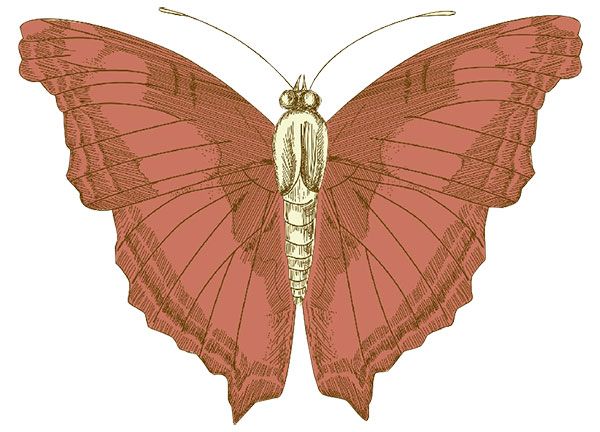
Asymmetrical Objects
Objects that do not show symmetry are called asymmetrical objects. For example,

Line of symmetry
The line that divides a 2D object into its mirror halves is called the line of symmetry of that object. An object can have more than one line of symmetry. For example,
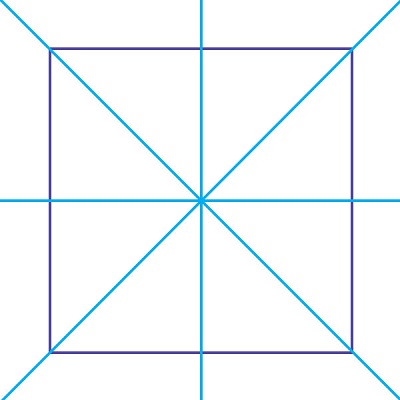
Line of Symmetry
The line that divides a 2D object into its mirror halves is called the line of symmetry. The line of symmetry does not depend on orientation. It can be vertical, horizontal, or inclined.
Symmetrical objects can have more than one line of symmetry. Asymmetrical objects have no line of symmetry.
1 Line of Symmetry
If there is only one line along which an object can be divided into two equal halves, then the object has 1 line of symmetry.
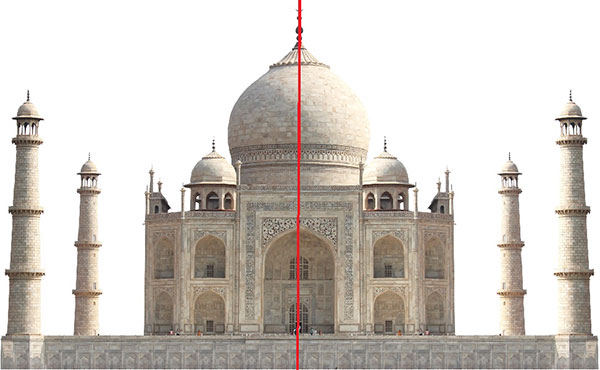
2 Lines of Symmetry
If there are two lines along which an object can be divided into two equal halves, then the object has 2 lines of symmetry.
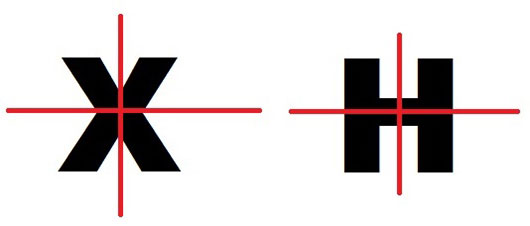
3 Lines of Symmetry
If there are three lines along which an object can be divided into two equal halves, then the object possesses 3 lines of symmetry.
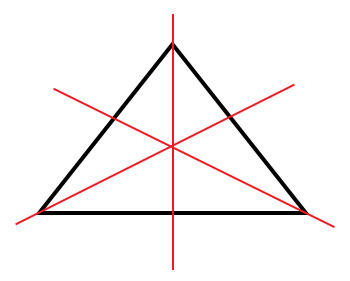
Infinite Lines
If there are infinite lines along which an object can be divided into two equal halves, then the object possesses infinite lines of symmetry.
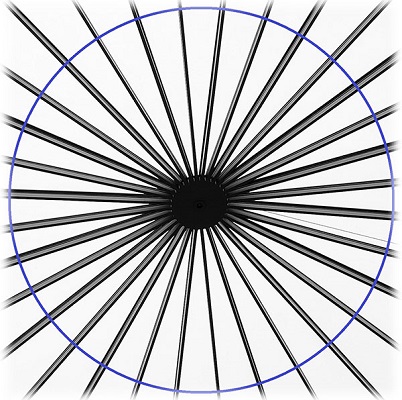
Reflection and Symmetry
Object and its Image
When an object is placed in front of a mirror, its mirror image is formed on the mirror. The image has the same height, the same width, and the same angles.
However, there is a difference between the object and its image. That is, the left of the object becomes the right of the image, and vice versa.
For example, when we raise the left hand in front of a mirror, we see the right hand raised in the mirror image. This phenomenon is also known as lateral inversion.
Reflection and Symmetry
The original object and its mirror image are symmetrical to each other, and so the mirror acts as the line of symmetry.
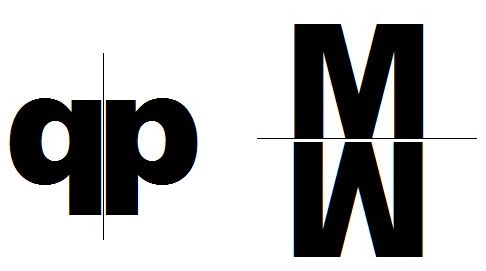
Applications of Symmetry
Symmetry has a wide range of applications. It plays a major role in enhancing the aesthetics of an object.
Rangoli
One of the widely-used applications of symmetry is rangoli. Rangoli, when made using symmetric patterns, result in beautiful designs.
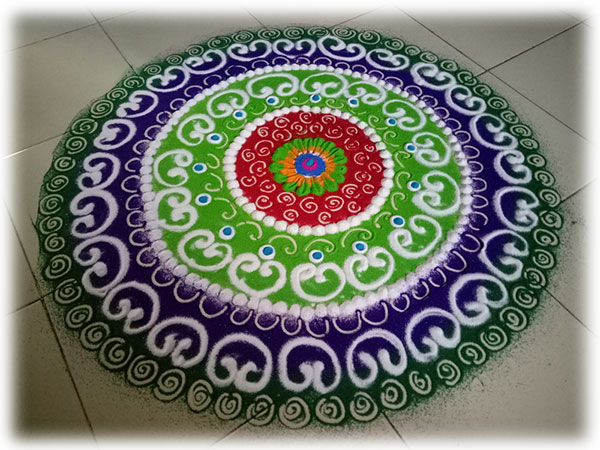
Rangolis can have multiple lines of symmetry which adds to their beauty.
Fabrics
We can also see symmetry in various fabrics. Some dresses are embedded with various symmetrical patterns to enhance their beauty.

More lines of symmetry result in more beautiful artwork.
Monuments
Many famous buildings and monuments in the world were constructed using various forms of symmetry in their architecture. Some famous examples are the Taj Mahal, the Eiffel Tower, the Louvre, etc.

It is evident that a symmetric object looks more beautiful than an asymmetric object.
Making Symmetry
We can create symmetric patterns in simple ways.
Ink Blot Devil
Nice symmetric figures can be drawn on a piece of paper using ink blot. This process is known as Ink Blot Devil.
- Take a piece of paper and fold it in half.
- Spill a few drops of ink on one side and then press the halves together.
- Then, unfold to paper to see a symmetric pattern.
Its line of symmetry will be the line along which the paper is folded in half.
Depending on the type of image, there may be one or more lines of symmetry.
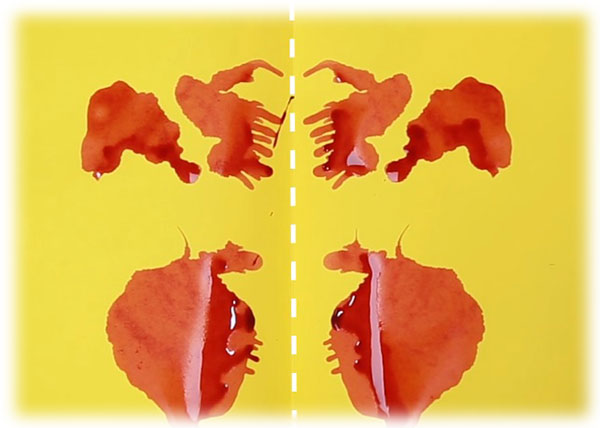
Paper Symmetry
There is a simple way to draw symmetric figures on a paper.
- Take a piece of paper and fold it into half.
- Draw a shape at the edge of the paper
- Cut the paper along the drawing
Now, open the page to see a symmetric figure.
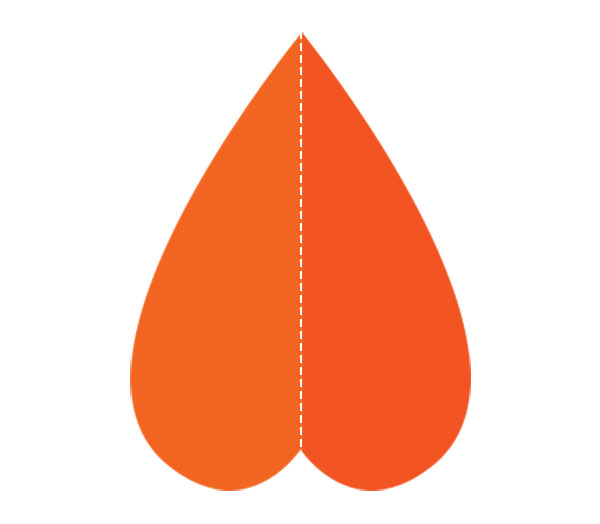
Kaleidoscope
It is a cylindrical shaped device with mirrors containing different coloured objects like pebbles and pieces of glass. When we view from one end, light entering the other side creates a colourful pattern, due to the reflection of mirrors.
